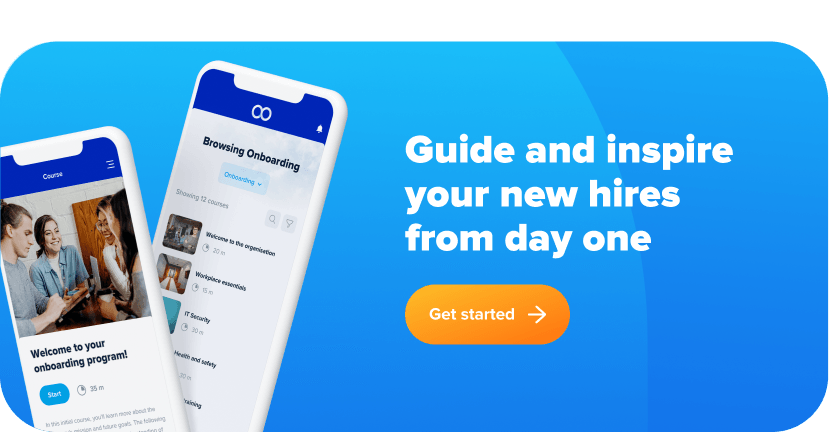1 in 3 employees will quit within the first 90 days of their employment. Why? One of the main reasons comes down to poor communication about their job role, expectations, and prospects for personal development. Which is why it’s so important your onboarding process addresses these points. The best way to prevent early attrition is to create the best possible start for your new hires to avoid a slow and confusing start – or even worse, one that is so disappointing that they turn their backs on you before they even get ramped up.
This article will walk you through the most common onboarding pitfalls and things you can do to avoid them with an lms for employee training and onboarding.
How to avoid common onboarding mistakes and what to do instead
We can all make mistakes, but with a carefully worked out onboarding employee program and the right tools to support it you can steer clear of the most common drawbacks. Why not impress new employees while keeping a simple approach?
1. I didn’t have preboarding
People starting in a new job expect at least a welcome email. But to enter the ranks of organizations who perform great employee onboarding you need to add preboarding. In eloomi, we are preboarding all new team members and the feedback we get from them is that they have never experienced anything like it and that it gave them the perfect beginning of their new job!
An absence of a preboarding process, on the contrary, means that you will miss the opportunity to harness the new hire’s engagement and let them start learning about their new job and workplace before they have their first day on the job.
Using virtual onboarding during the preboarding, you can adequately respond to your new colleague’s high motivation, create even more excitement, and help them get prepared.
Here’s what excellent preboarding looks like in eloomi, including virtual introductions of your company strategy, culture and compliance procedures:

2. My equipment wasn’t ready
When some organizations can’t manage to have the work equipment ready for their new colleague’s first day on the job, it’s an understatement to say they are making a bad first impression. It feels awkward and sends a signal that the new team member is not being prioritized or is even unexpected, if the workstation, equipment, and applications are not ready when the new hire arrives. Some employees also need help to set up their home office for remote work.
New hires need support from the manager, the buddy, and the team, as well as IT and Facility Management. Not being ready and available to deliver the support needed is one of the employee onboarding mistakes that are easy to avoid.
With an onboarding checklist, HR, IT, Facility Management, and the team lead can coordinate tasks to have everything arranged in due time:
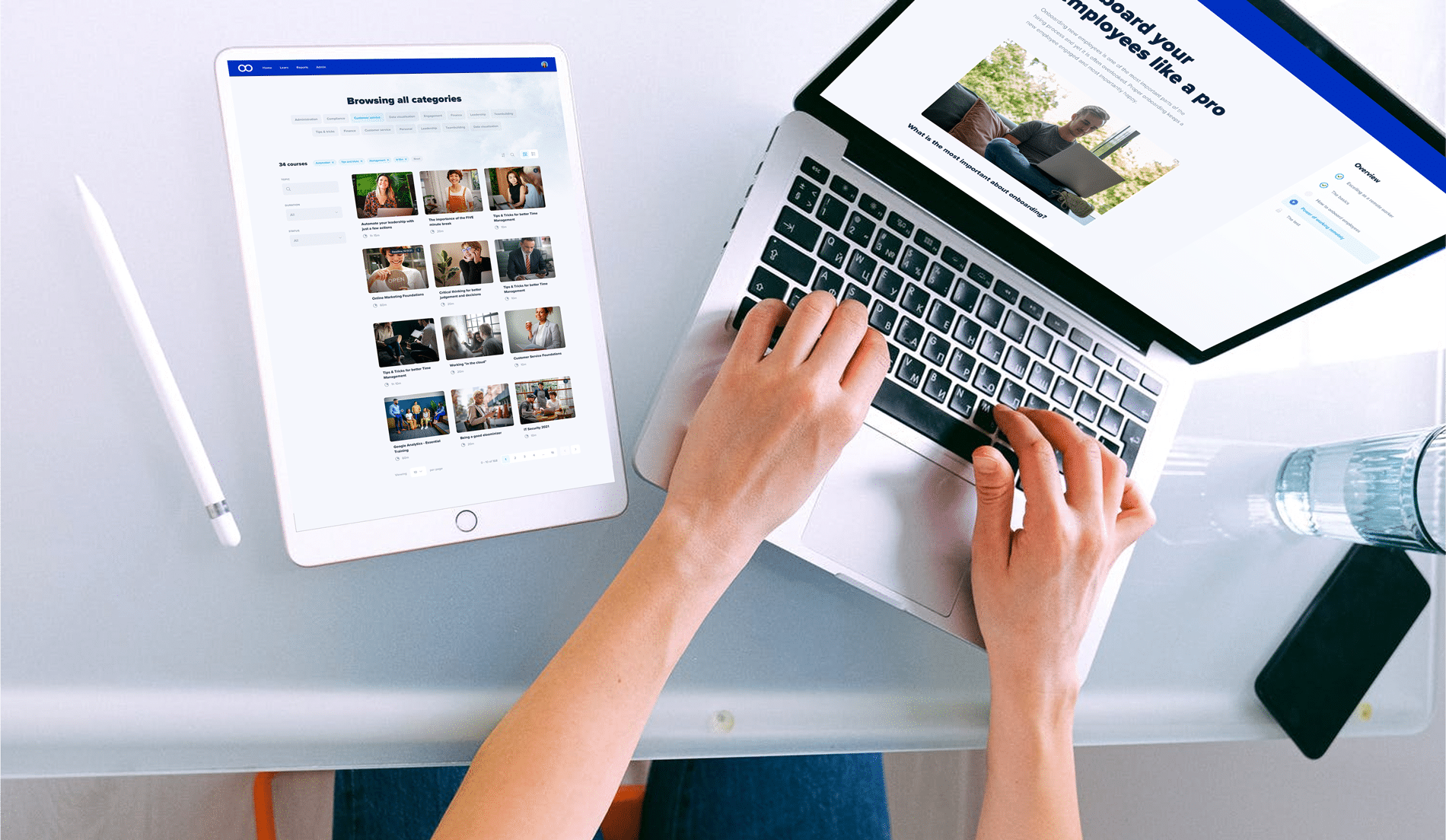
3. I suffered information overload
Onboarding challenges can be found in many corners of your practice. One that all HR people are aware of is information overload. Nevertheless, information overload can be difficult to prevent and inevitably the new employee will get a huge number of impressions on their first days and during the onboarding.
But you can mitigate the overload by providing relevant information and knowledge in chunks to the new hire before they have their first day and during their entire onboarding. By using an up-to-date LMS for employee training, you can easily feed the relevant information at the right time and make learning engaging for the new employee to consume the content:
4. There was no plan
When I prepared this post, I asked my teammates: What is the worst mistake you have experienced when you joined a new workplace? Here is what Jonas replied (not edited). I think he hit the nail on the head:
I think that the worst experience I have ever had was when there was no plan on what I should start with. I was sitting there waiting for someone to approach me and I felt like a child in kindergarten again.
Having to ask what I can help out with and not getting some tasks right away is awful. This was a real adult job!
No onboarding plan means bad execution. New employees need to know what to work on, what direction to take, what training to take, and they need to feel that they succeed. Aligning expectations and setting goals for the onboarding and beyond is essential to avoid onboarding failure.
As for the training, self-paced learning in an engaging learning software lets new hires advance in their onboarding process. At the same time, the HR team and the manager can follow the completion of the skills and compliance training. The learning progress can easily be tracked in eloomi:

5. Who can help me?
The amount of new information, dos & don’ts, and ways to navigate in the new workplace can be immense for a newcomer. Without someone to ask questions or even hold their hand, figuratively speaking, their onboarding will be slowed down. That’s why assigning a Buddy is an excellent idea.
As someone’s Buddy you will make a key impact on their first impression of their new workplace. You will also make the first days and weeks of their new work life much more valuable, as you are making it easier to settle into the role, the team, and the organization.
Just knowing that the Buddy is there to listen and that he or she is genuinely interested in helping will make the new hire feel supported. And they will have a unique opportunity to build a good relationship. Here’s Jonas again. He explains it nicely:
I really appreciated having a buddy during my onboarding. That helped me a lot! Getting to know a lot of people at the same time can be overwhelming. It is good to have one person to rely on

6. My job responsibility was unclear
The nature of many jobs requires that the employee contributes to defining the contents of their own job, because they were employed to help achieve goals rather than perform certain tasks. Even so, people get hired to fill a job role, and new hires need to know what is expected of them to perform. A common mistake is to onboard employees without sufficient clarity about their job responsibilities.
An easy way to avoid this is to create a suitable job description and role alignment with other team members. If, for example, your organization is very agile and less structured, even getting time with different teams that the new hire is going to be working with to hear first-hand how their role will play a part of their team, will help the new employee to perform in their new role. You can also involve the new hire in completing their own job description after a while. After all, workers are often the experts of their own job.
7. Classroom training was all I got
There’s nothing wrong with classroom training. But without being supplemented with e-learning, classroom training is inefficient and will cause a lengthy onboarding period. In other words, 100% classroom training means you will miss the opportunity to ramp up new employees in due time.
The easy way to avoid this mistake is having a blended learning approach with online training and classroom training during the onboarding. Virtual onboarding through e-learning is especially important when you are onboarding remote employees. E-learning is often the preferred learning format because it enables self-paced learning. As an example, just think of how engaging an employee onboarding video can be as a way to introduce anything from your company vision and culture to your teams and work processes.
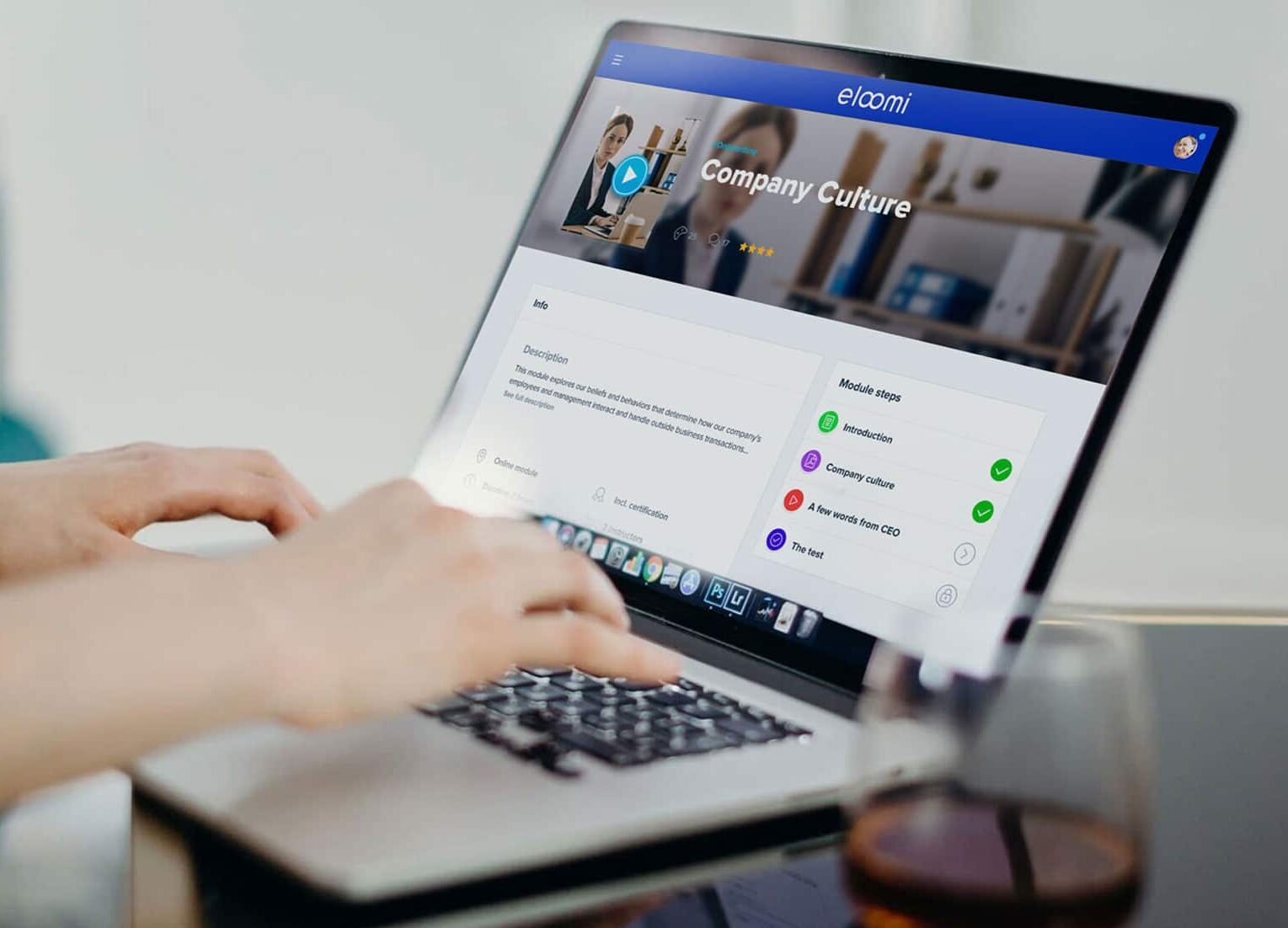
8. No feedback – no growth
There’s nothing wrong with classroom training. But without being supplemented with e-learning, classroom training is inefficient and will cause a lengthy onboarding period. In other words, 100% classroom training means you will miss the opportunity to ramp up new employees in due time.
The easy way to avoid this mistake is having a blended learning approach with online training and classroom training during the onboarding. Virtual onboarding through e-learning is especially important when you are onboarding remote employees. E-learning is often the preferred learning format because it enables self-paced learning.
- Receive feedback about the onboarding process itself and let the new employee give suggestions for improvements.
- Give feedback to the new hire on the onboarding e-learning to help the new employee focus on which areas to work harder or improve.
- Give feedback on the employee’s goals in your online aided coaching to direct performance.
- Provide 360 feedback to the employee from peers, managers, customers, and business partners to bring useful input about skills to develop.

9. I felt left out
We all know that people choose to work in your organization for who your team is and what they can be part of as much as for the job role itself. That’s why one of the biggest flaws in onboarding is to forget that new employees are humans with needs and dreams. They want to create relationships in the organization to build a social network and foundation to grow. If you don’t include them in big or small aspects of your organization’s social life, they will feel left out.
So, give them a big slug of your culture and encourage them take part! Making new friends and professional relationships work best when you arrange social activities. Some of the social activities we have in eloomi to get inspired by are:
- Recently we invited our new colleagues in Orlando to our Copenhagen headquarters
- Fun photo sessions for the team of new hires
- Introduction of new hires in Teams
- Team lunches for new hires
- Special welcome at our weekly Friday Pitch
- Just Dance sessions and Movie Nights
- End of week drinks and socializing after hours
- Foosball tournaments in the office
- Summer and Christmas parties
- Theme days
- Online football (soccer) tournaments
- Watching football matches together in the office (Our headquarters are situated in the national arena!)
Inclusion of your new hires is essential and if you see the new employees as active contributors, you can keep your company culture in constant movement.

10. Working remote and forgotten
Of course, no one forgets about new employees just because they are not around you in the same office or building as you. But undoubtedly, the new hires that are working remotely or not in the same building as the main part of the employees get less attention, simply because it is more demanding to onboard remote employees than those you can meet physically.
Instead of letting new hires who are working remotely fall into oblivion, give them a smashing online preboarding and onboarding experience with the information and training they need, and make it personal with onboarding videos, and encourage existing employees to reach out to new hires that haven’t started yet.
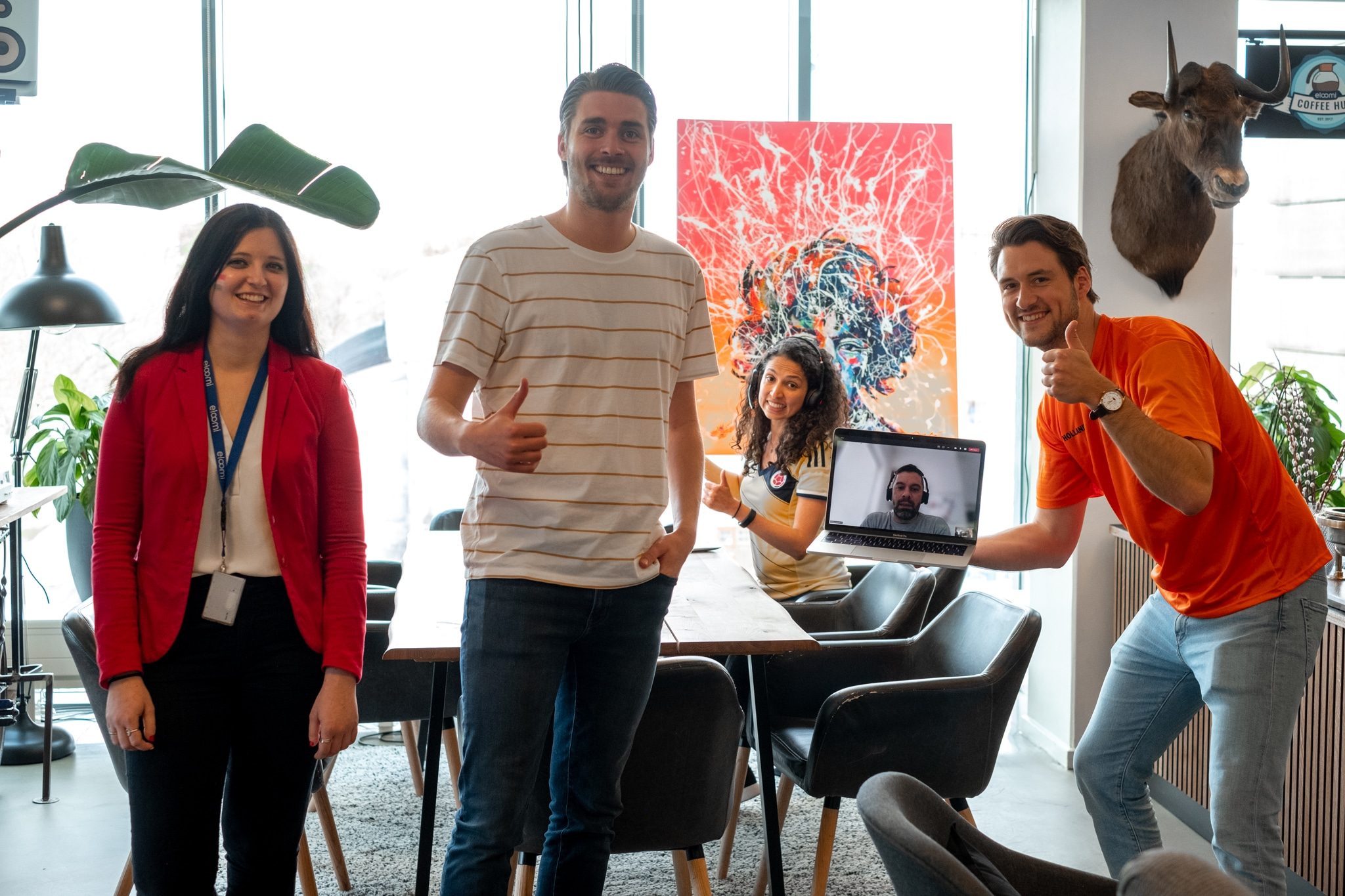
11. It’s all on you
HR is responsible for the onboarding process, but it’s a common mistake by practitioners to think that all the onboarding activities are on them. The onboarding process is about making the new hire meet the whole organization. That’s why it’s in everyone’s best interest that the new team members meet their own team and manager, co-workers, and leaders from other teams.
In a digitized organization many of the introductions and onboarding tasks can easily be delegated to other members of the organization. In eloomi your subject matter experts can create engaging onboarding content even easier than making a PowerPoint and deliver it in your onboarding system:
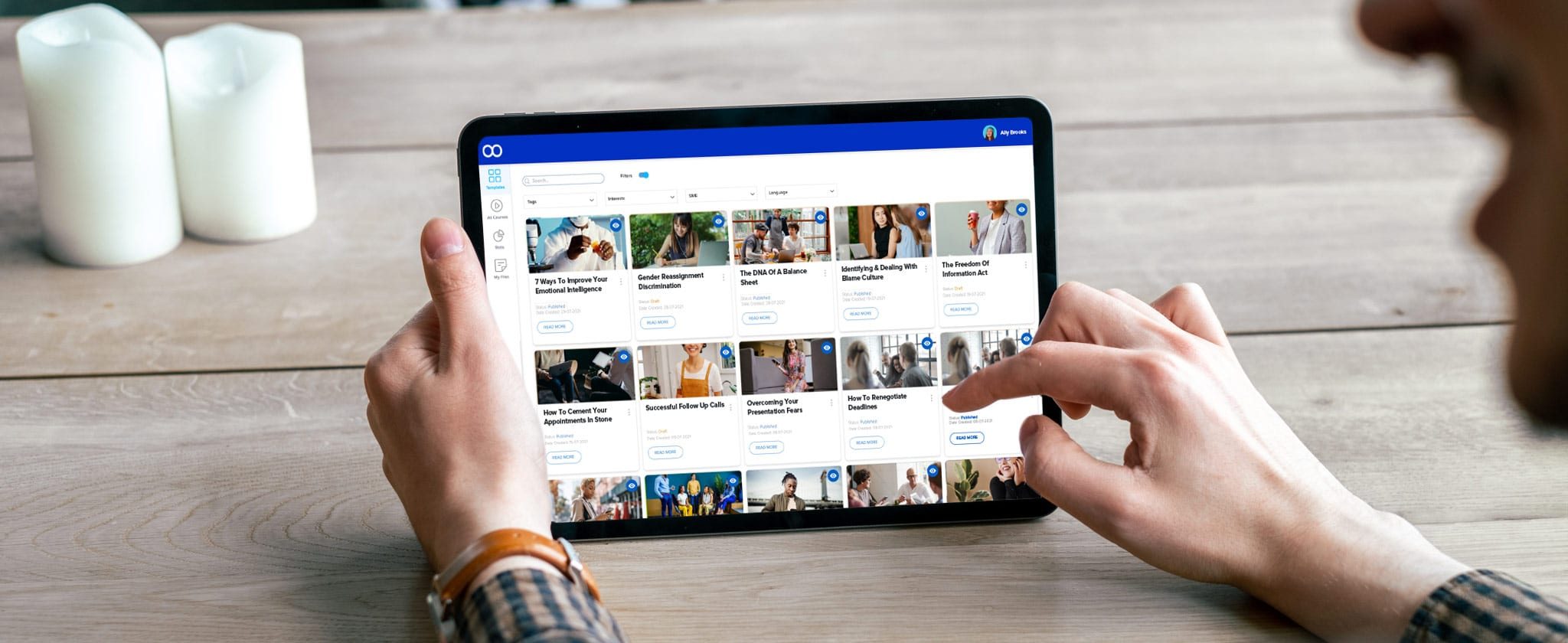
12. Onboarding is a one-off event
As an HR professional you might think of employee onboarding simply as a task you solve. When it has been planned and executed, you don’t have to think about it again. But from the new employee’s point of view, it is just the beginning of their journey in your organization, which means you need to take the same perspective to utilize and grow the new talent.
For your talent development, the onboarding is indeed the beginning of new learning paths with skills training and personal development, employee performance reviews and ongoing feedback.
Here’s what human-centered people development look like in eloomi:
